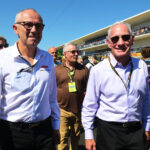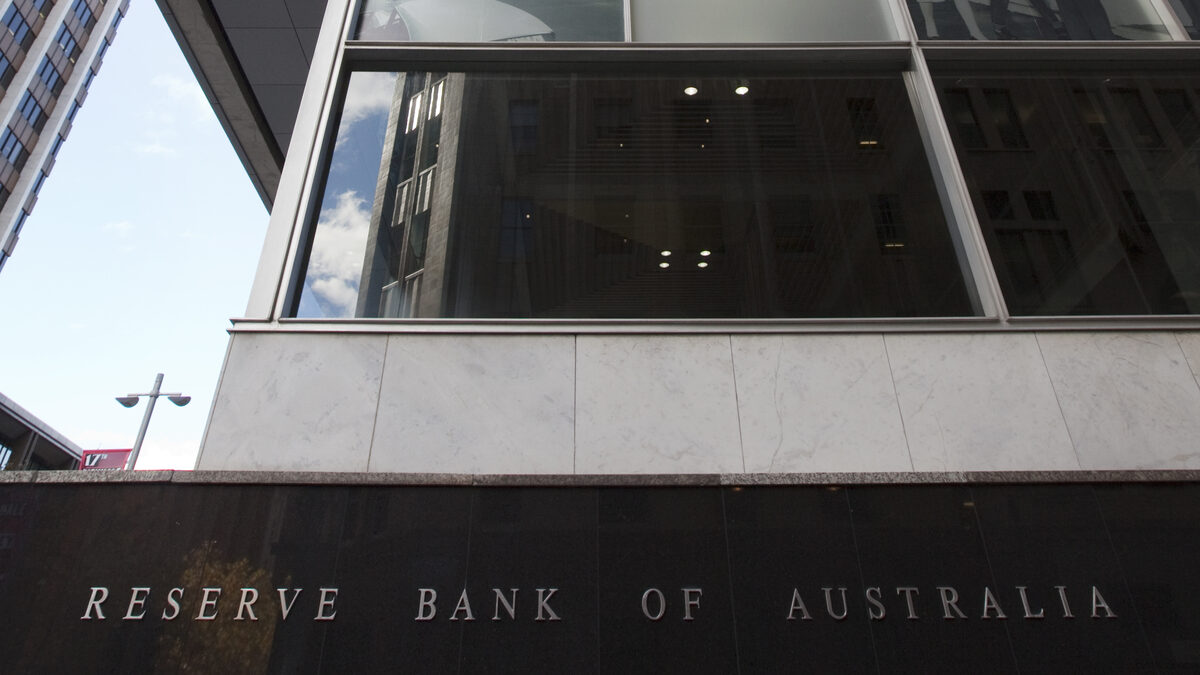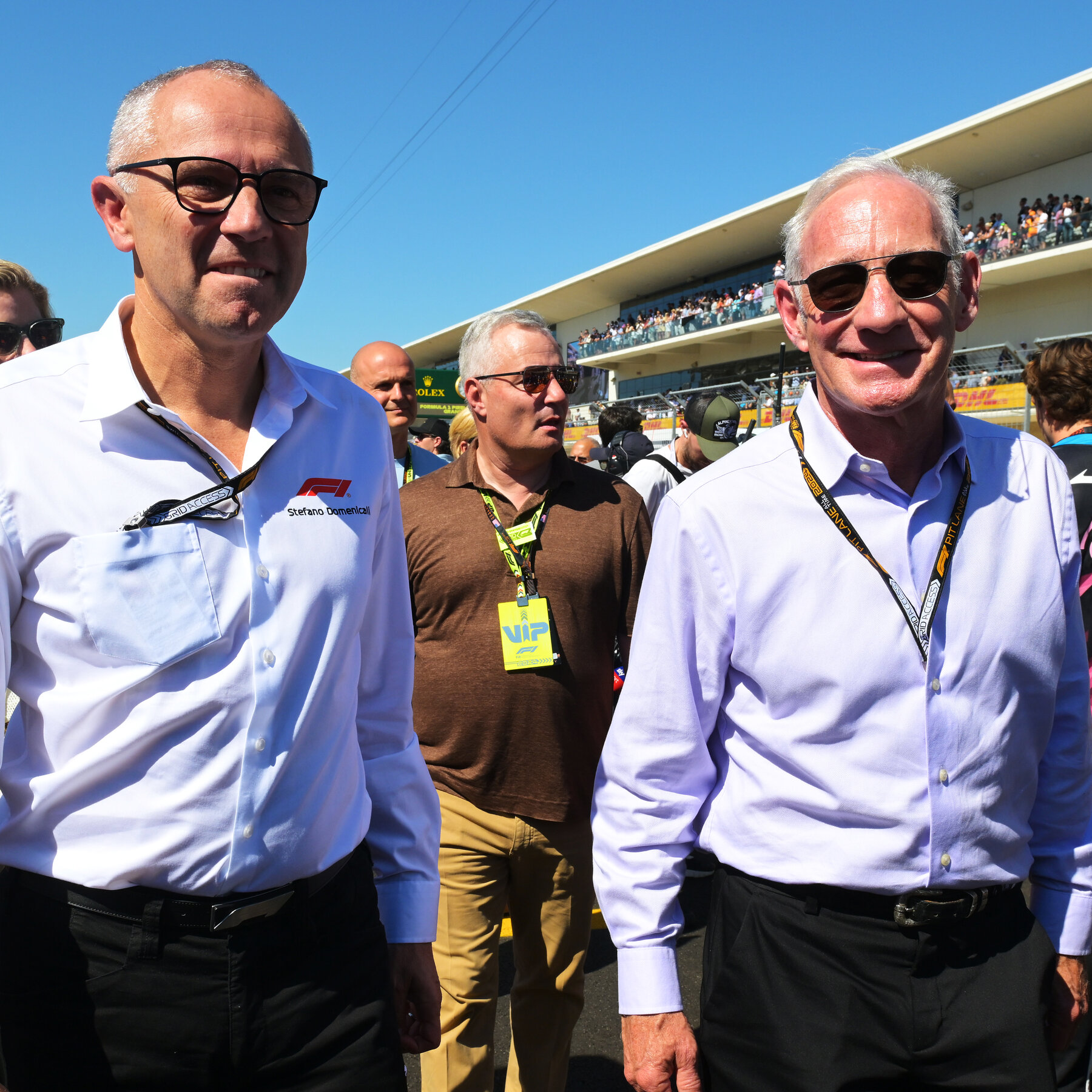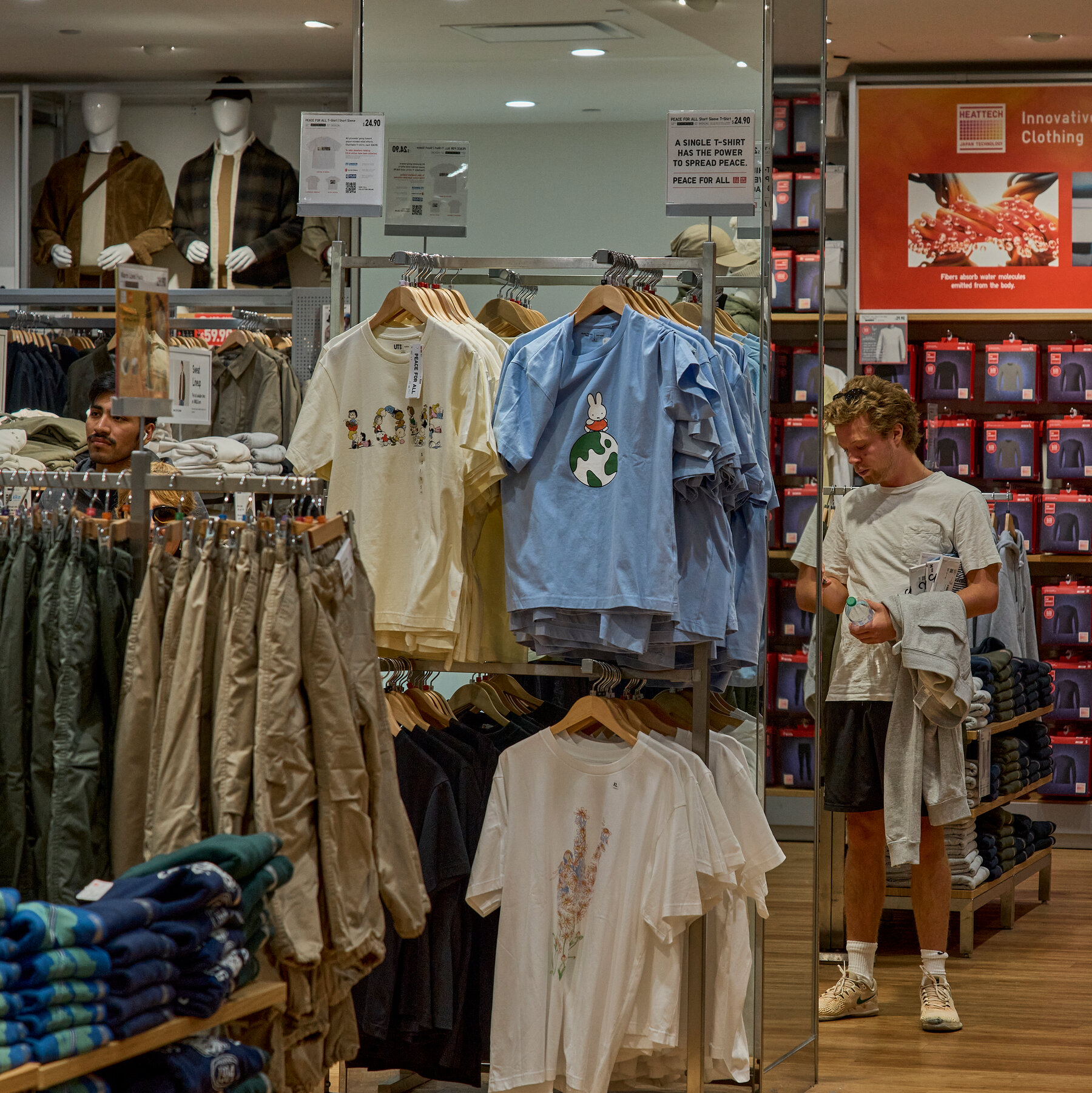The Reserve Bank of Australia (RBA) has maintained its tight monetary policy, citing ongoing concerns about wage growth and inflation.
In its latest decision, the RBA held interest rates steady, acknowledging the uncertain economic outlook and the need to balance inflation targets with labor market considerations.
Ben Thompson Chief Economist and CEO at Employment Hero: “The release of this month’s Consumer Price Index will bring tempered relief to Australian households as the RBA put rate cuts on a longer time horizon, noting that “current forecasts do not see inflation returning sustainably to target until 2026” and that the labour market strength is a key input for decisions moving forward.
“It is indeed an uncertain and concerning mix of data points with unemployment hovering at 4.2% and wages still growing at a moving average of 6.2% annually, (as evidenced in our August SmartMatch Employment Report). Couple with weak GDP data, poor labour productivity and annual trimmed mean inflation still too high at 3.4%. With our data showing median hours worked decrease by 2.0% annually, it is no wonder the RBA has remained restrictive.This is a concerning mix of data points for everyone including those involved in small and medium businesses. If wage growth, without an accompanying rise in productivity, continues at this rate, both businesses and employees will pay a higher price in the long run.
“The RBA referred to the outlook as ‘highly uncertain’ and reiterated that their attention will be focused on a number of factors, including the outlook for the labour market. As we have said for many months now, wages in Australia continue to outpace inflation (at a moving average of 6.2% annually per August SmartMatch Employment Report). The impact of wageflation on small businesses is becoming clear. In August, the market saw median hours worked decrease by 2.4% month-on-month and 2.0% annually. In comparison, casual employment has surged by 9.8% annually, with wages increasing by 4.6% since last August. However, this also came with a 4.9% drop in hours worked annually, indicating more Australians may grapple with job security in the lead-up to what has already been forecast to be a weak shopping season for stressed businesses.”
Australia’s annual Consumer Price Index (CPI) inflation slowed to 2.7% in the 12 months to August 2024, down from 3.5% in July, according to new figures from the ABS. This marks the lowest rate of inflation since August 2021.
Michelle Marquardt, ABS Head of Prices Statistics, said: “The August inflation rate reflects significant declines in automotive fuel and electricity prices, leading to the overall slowdown in CPI.”
Key Drivers of Inflation Housing, food, and alcohol & tobacco were the top contributors to the 2.7% rise. Housing costs increased by 2.6%, while food and non-alcoholic beverages climbed 3.4%. Alcohol and tobacco saw the largest rise, up 6.6%. Meanwhile, transport costs dropped by 1.1%, helping moderate inflation.
Fuel and Electricity Prices Fall Automotive fuel prices were 7.6% lower than in August 2023, following recent price declines. Electricity prices also fell significantly, dropping 17.9% over the year due to government rebates in several states. Excluding these rebates, electricity prices would have remained relatively stable.
“Fuel and electricity price drops had a notable effect on the overall CPI, highlighting the importance of tracking underlying inflation trends,” Marquardt added.
Underlying Inflation Trends CPI inflation excluding volatile items like fuel and food was 3.0% in August, down from 3.7% in July. Trimmed mean inflation, a measure excluding large price fluctuations, also eased to 3.4% in August, the lowest level in over two years.
Housing Sector Breakdown Housing inflation slowed to 2.6%, down from 4.0% in July. Rent costs surged 6.8% due to tight rental markets, while new dwelling prices rose 5.1%, with builders passing on increased labor and material costs. Electricity, however, posted its largest annual fall since records began in the 1980s.
Food Prices on the Rise Food and non-alcoholic beverage inflation stood at 3.4% in August, driven by a 9.6% increase in fruit and vegetable prices, the highest since December 2022. Items like strawberries, grapes, and cucumbers saw significant price hikes.
Despite the moderation in overall inflation, rising food and rent prices indicate ongoing pressures for Australian households.
Keep up to date with our stories on LinkedIn, Twitter, Facebook and Instagram.
The RBA’s decision to pause rate cuts has come as a blow to many Australians, who were hoping for some relief from rising living costs. News, Gdp, rate cut Dynamic Business










